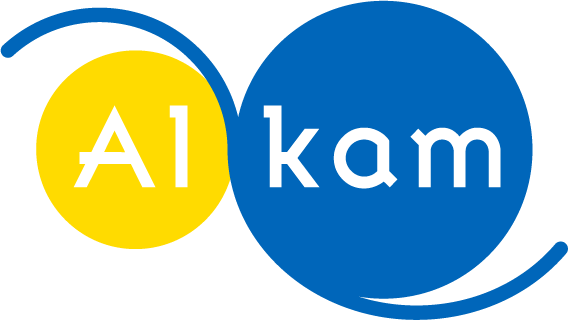Our experience at Vinitaly 2022
- Alkam
- Mar 27
- 2 min read

From 10 to 13 April 2022 we were at the most important Italian wine event: Vinitaly . After having skipped the 2020 and 2021 editions due to the pandemic, it was very pleasant to return to this unique event that involves producers and enthusiasts from all over the world.
With the experience gained in the wine sector and at the same time in the search for sustainable materials, we decided to make our experience at Vinitaly even more captivating.
Through a short questionnaire that includes the common denominators in the packaging - cellar relationship, we managed to obtain numerous answers that allowed us to draw up a short report on the current situation.
What emerged from this report?
For several years the wine sector has been characterised by an intense innovative process in packaging , particularly with regards to environmental impact.
Based on the responses we received, more than 50% of wineries say they have introduced solutions with sustainable materials in secondary packaging or in the case, of which only 10% have chosen to apply the same policy for labeling.
Several respondents proved to be particularly sensitive to environmental dynamics, so much so that they claimed that they were working on the weight of the single glass bottle.
If, on the packaging side, it is very important to convey to the final consumer a narrative of the winery and of what lies behind the final product, the same is not true for the concept of sustainability: in fact, most producers state that they do not communicate anything about what has been done on the packaging level , except for a few (rare) exceptions that write it on the cardboard.
Another element that emerges from this report is the management of Reserve Wines or Special Editions which are treated equally from the labelling point of view.
Using partners who use certified materials is instead a factor that is becoming increasingly popular within the wine sector.
In fact, there are many wineries that use (or are evaluating the use of) FSC® paper.
FSC® certified companies are the only ones that can use the trademark, promoting their products as certified.
The choice to use ecological and sustainable materials in label printing sends a clear and precise message: respect and attention for the environment, for the people involved and for the future.
The achievement of the FSC® Chain of Custody is the natural consequence of the corporate culture that Alkam has expressed over the years.
Finally, a specific mention should be made of the label's fixed focus on digital innovation, which divided respondents into two completely opposite factions.
50% say they feel ready to evaluate the use of QR Codes on the label of their wine, in order to convey communication in a simpler and more direct way, directing consumers to their website.
At the same time, the other half of the respondents clearly stated that the QR Code is an element that is not aesthetically pleasing. Furthermore, a small portion of this public “prefers not to attach a “technical sheet” to the bottle, but to leave the task of describing the wine to wine shops, industry experts or the winery directly.

Comments